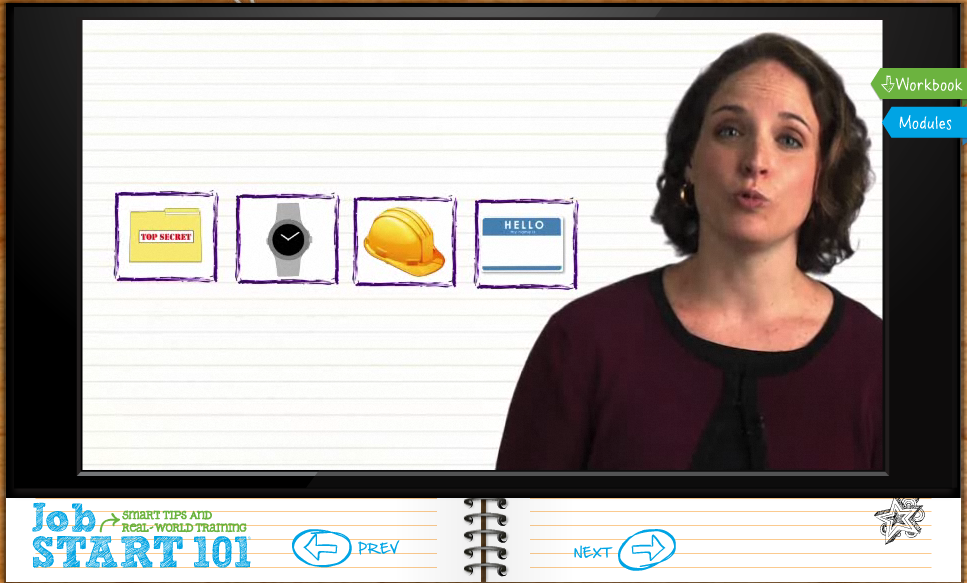For students who make the transition into corporate life, it can be a rough ride. Everything from using formal language in e-mails to appropriate topics around the water cooler is a new normal.
I know I experienced it when I entered the HR field. At the first SHRM meeting I went to, I was dressed the most casual out of all the other members there. Everyone was buttoned up and professional looking, and it was definitely a bit awkward from my end too.
Of course, if I could have reached out to myself back then with what I know now, I wouldn’t have made that mistake. Even in casual Portland (where many of our elected officials choose blue jeans over informal khakis), I know now that if you want to wear the jeans, you have to wear a pressed shirt and jacket to go with it.
It isn’t just professional dress that’s a problem, it is a whole slew of issues that people generally aren’t prepared for as they exit college. I’ve seen it in my role in HR and I shake my head and wonder, “Why couldn’t they have learned this earlier?” Now there may be a solution for some of that.
JobSTART 101: Getting Real-World Training
I was clued into JobSTART 101 by Alexandra Levit, author of They Don’t Teach Corporate in College and New Job, New You among other titles. As she describes it:
Those of you who have been reading the blog for a while may recall that I was a complete dud in my first corporate PR job. My boss despised me and my colleagues thought I was overeager, and it took me two years to get a promotion that people with half my work ethic achieved in six months.
The second company that employed me kindly spent a few thousand dollars sending me to a professional development course that changed my career and my life. I’d like to think that everything the course taught me about developing a strong reputation at work, being diplomatic with colleagues, and driving my career forward was a good investment since I was much more effective after that.
With that in mind, she’s been working on offerings ever since that can help college students transition to the workplace. She started working on JobSTART 101 in conjunction with the Business Roundtable, the HR Policy Association, and business consulting firm Accenture to help students get off on the right foot. The resource is completely free (along with downloadable workbook and additional resources). But what’s the HR spin?
An Onboarding Guide?
So you may not be able to reach out to students before they apply to jobs but what if you were bringing on a college student and told them to complete that program in the first couple days of employment? That’s immediately what popped into my mind as I was going through the program. I’m also guessing that this is why three very business focused firms also bought into the program as well.
For all of the hand wringing that goes on about Generation Y’s unpreparedness to deal with a professional work environment, very little seems to be done with education. Instead of shaking our heads and wondering when Millennials will get a clue about these issues, we can say, “Take a look at this resource to get an idea of what we expect from our employees.”
And you don’t need to drop thousands of dollars on training to at least get them thinking and talking about professionalism in the workplace. I found my head nodding along with many of the points people were making as mistakes I had seen repeated by new employees.
Once they show they are on the right track and using the tools provided by JobSTART 101, they could be put into more formal professional development programs usually reserved for people that display growth after a year or two.
While some of the stories and exercises exude a bit of cheesiness, there’s enough material here to overlook it in terms of the overall learning outcomes. At the worst, students who come in with the program have a better understanding of the impact that personal/online image and communication have on perception in the workplace.
